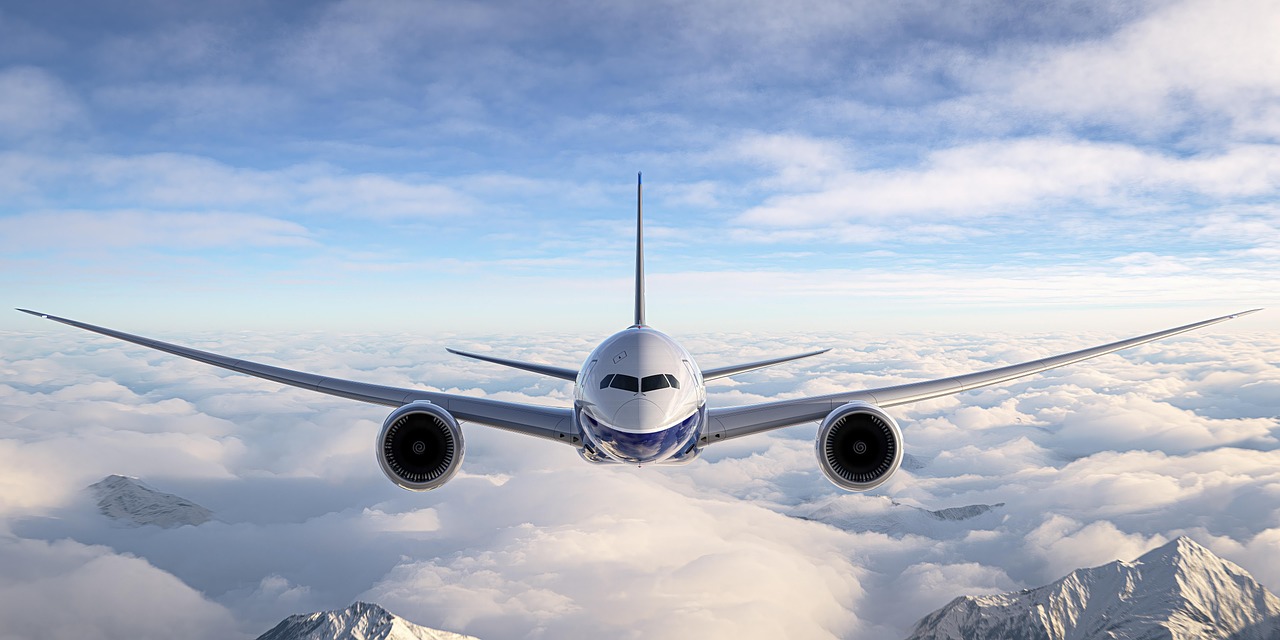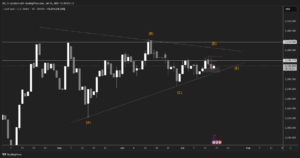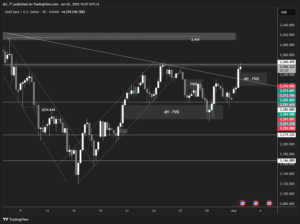When geopolitics take the driver’s seat in global trade, few industries feel the bumps quite like aviation. And with murmurs of fresh U.S. tariffs echoing across the Atlantic, the world’s two aviation heavyweights Boeing and Airbus might be in for a turbulent ride.
A Transatlantic Tango
First, a quick rewind. The Boeing-Airbus rivalry isn’t just about aircraft engineering it’s a long-standing economic chess match between the U.S. and the EU, each accusing the other of unfair subsidies. It’s a saga that has played out over decades and reached the World Trade Organization multiple times.
So, when talk of new U.S. tariffs surfaces whether aimed at European imports more broadly or specifically tied to aerospace it’s not just political posturing. It’s potentially game changing.
Boeing’s Balancing Act
At first glance, Boeing might seem shielded. After all, if the U.S. imposes tariffs on European aerospace parts or aircraft, doesn’t that just hurt Airbus?
Yes and no.
Sure, tariffs could give Boeing a near-term competitive edge domestically. Airlines might find Airbus jets more expensive, nudging them toward Boeing. But here’s the catch: the aerospace supply chain is deeply global. Boeing sources components from around the world including Europe. If tariffs hit certain high-precision parts or systems, Boeing’s production costs could rise too. Not to mention, any retaliatory EU tariffs on U.S. goods could hurt Boeing’s own exports.
Airbus: Storm Clouds or Silver Lining?
Airbus, on the other hand, has a trick or two up its sleeve. With a growing production footprint in the U.S. (notably its Alabama assembly line), Airbus has already positioned itself to weather tariff storms more gracefully. Aircraft assembled on U.S. soil could potentially sidestep the worst of the duties.
But still tariffs mean friction. They mean delays, added costs, uncertainty in long-term contracts. For a company that thrives on multi-year deals and intricate supply networks, that’s bad news. Airlines might also delay or renegotiate orders if pricing becomes volatile.
Investor Takeaway: Watch the Skies and the Headlines
For traders and investors, the key is not just in the tariffs themselves, but in the rhetoric around them. Markets are hypersensitive to signs of trade conflict, and in an industry where one deal can be worth billions, even small shifts in sentiment can move the needle.
Watch how both firms talk about their order books, delivery forecasts, and cost management in upcoming earnings. Also, keep an eye on related players in the supply chain companies like Safran, Rolls-Royce, or Spirit AeroSystems, which feed both Boeing and Airbus, could be the canaries in the coal mine.
Final Descent
Tariffs are, at their core, a blunt tool in a finely tuned industry. For Boeing and Airbus, the coming months might be less about new aircraft designs, and more about navigating geopolitical turbulence. As ever in aviation, the best pilots and investors know to keep a steady hand on the yoke.
By James Trescothick
Head of Market Research and Market Analysis
Risk Disclaimer: This information is for educational purposes only and does not constitute investment advice. Financial markets involve risks, and past performance is not indicative of future results. Always conduct your own research and seek professional advice before making investment decisions.





